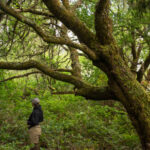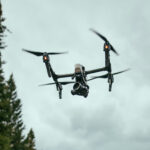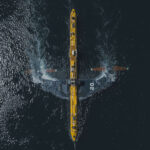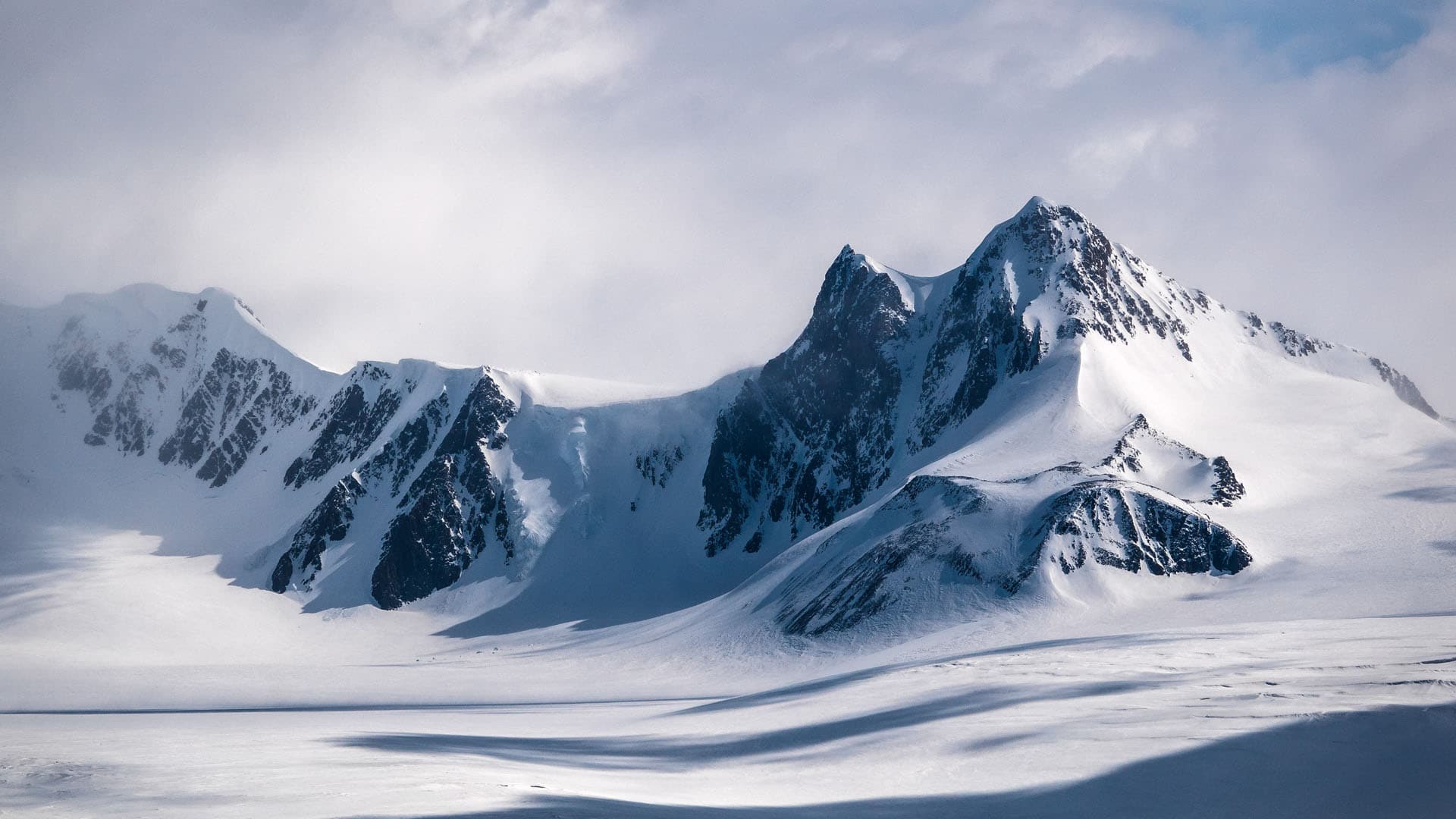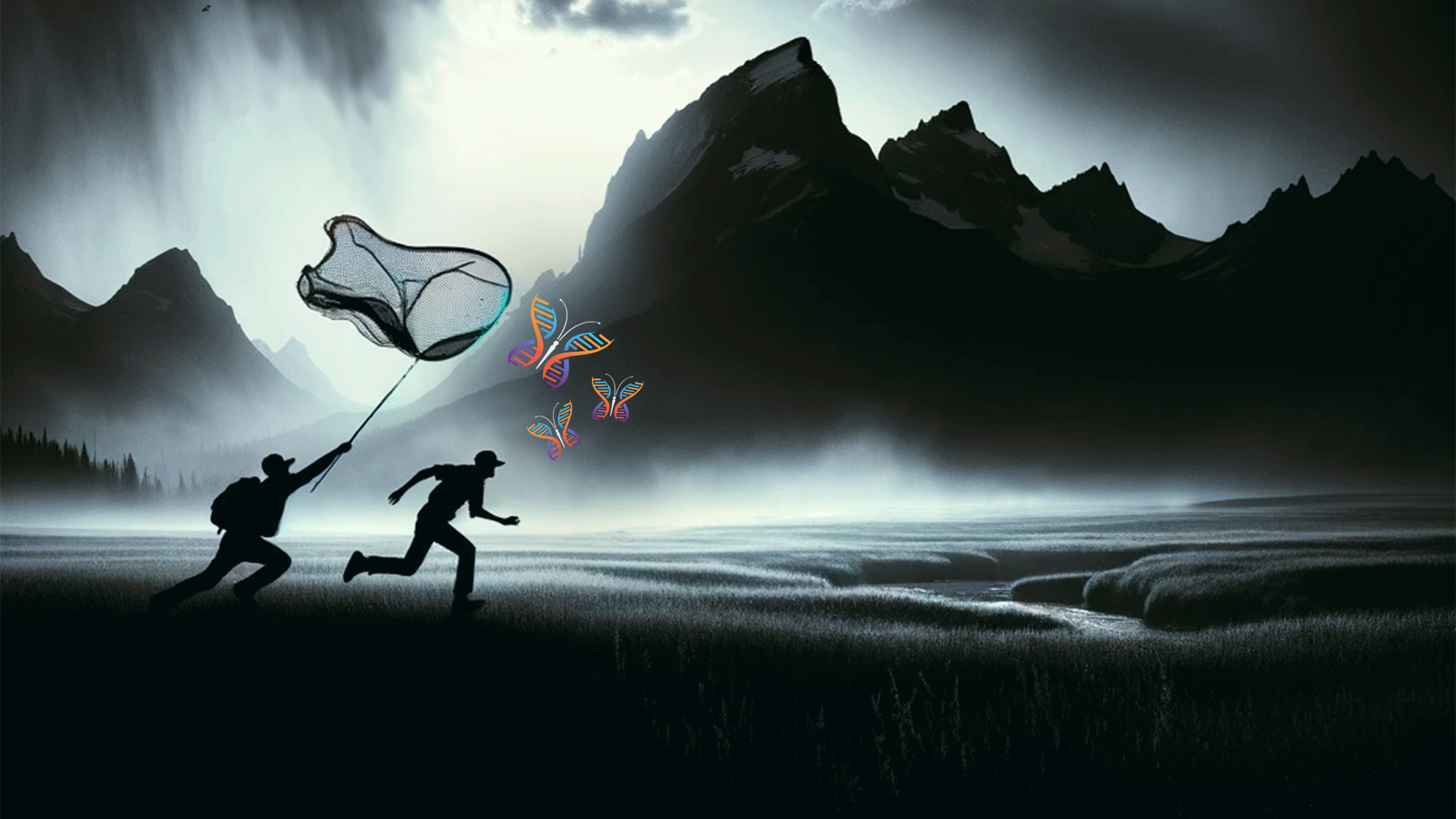On November 3, 2018, a 33-year-old athlete named Colin O’Brady strapped himself into a harness and began pulling a 375-pound sled, laden with a tent and supplies, across the frozen wastes of Antarctica. O’Brady was beginning his journey near a location known as the Ronne Ice Shelf. His goal was to cross the Transantarctic Mountains on skis, reach the South Pole, and from there move on toward the edge of the Ross Ice Shelf, where he would cross a finish line — actually, a wooden post installed by the U.S. Geological Survey — a few hundred miles from McMurdo Station.
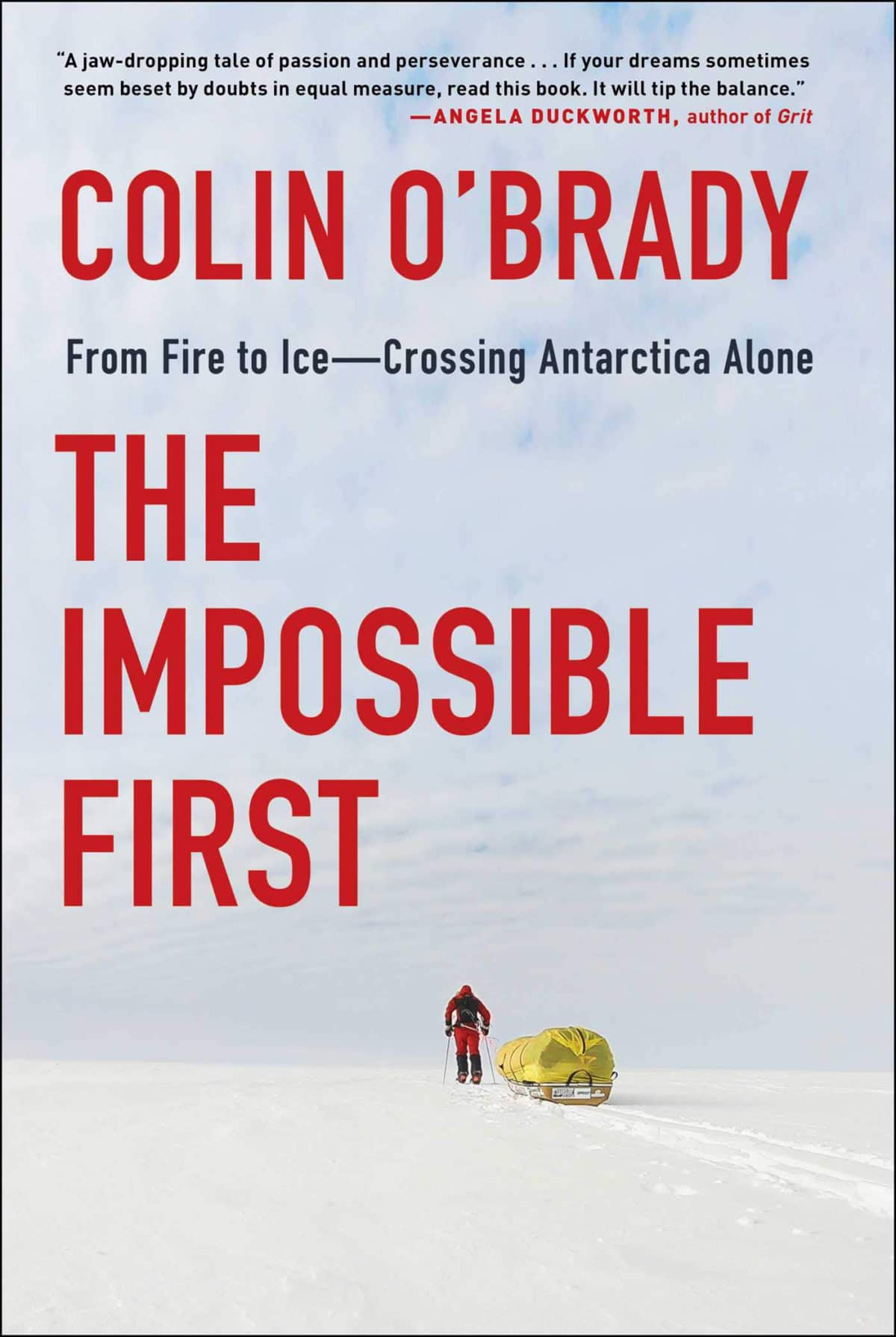
BOOK REVIEW — “The Impossible First: From Fire to Ice―Crossing Antarctica Alone,” by Colin O’Brady (Scribner, 304 pages).
This was not a scientific excursion; rather, it was an extreme adventure, and was to be conducted under rules defined by a website known as Adventure Stats. O’Brady would not be allowed to receive any help or to replenish his supplies along the way. No matter the obstacles ahead, he was on his own.
From the start, O’Brady declared his 932-mile unaided crossing “the impossible first,” which eventually became the title of his new memoir. Whether he would actually be “first” in crossing the continent unassisted and alone — or whether his journey was actually perceived by Antarctic experts as “impossible” or unaided — has become a matter of dispute as of last month. O’Brady has come under fire, mainly in a meticulously reported story in National Geographic, for exaggerating the challenges and distorting some details of his crossing.
If he is indeed guilty of embellishments — a question we will return to in a moment — there is nevertheless little doubt the challenges O’Brady faced were formidable. As he started his trek, he poured his thoughts into a camcorder he had brought along for the journey. “Beginnings are simple,” he said optimistically. “You take a step forward. If you’re going a thousand miles or a hundred yards, it’s the same.”
Ahead of him would be snow squalls, frostbite, physical exhaustion, misery. He knew that. He was also aware that just two years before, a British explorer, Henry Worsley, had died after attempting a similar crossing. And so, in the harshest environment on earth, O’Brady grasped that his success might largely be a matter of mind over circumstance.
The polar memoir is a distinct category of writing. The classics of the genre — Apsley Cherry-Garrard’s chronicle of the 1910-1913 British “Terra Nova” expedition to the South Pole (“The Worst Journey in the World”) and Fridtjof Nansen’s 1897 record of his attempt to navigate the Arctic Ocean and reach the North Pole (“Farthest North”) — combine recollections of adventure-seeking with the self-knowledge that arises from surviving a beautiful, murderous environment.
O’Brady’s memoir of his crossing takes a similar tack, bringing us along for his daily travails as he edges closer and closer to the finish line. There are differences for the modern adventurer, however. O’Brady has the advantages of technology — a state-of-the-art tent, stove, and gear. He carries a GPS tracker and satellite phone. The Antarctic terrain is now well mapped, with sophisticated weather forecasts that can be transmitted to parties traveling in even the most remote locations.
O’Brady, meanwhile, is fortunate to have a customized diet: stacks of calorific “Colin Bars” cooked up for him in a nutritional lab. These bars are his life support, and a far cry from the pemmican (a mixture of dried meat, suet, and berries) that polar travelers relied on a century ago. Once he gets going, he estimates he will be burning about 10,000 calories a day.
None of this makes his endeavor easy. Even in the modern age, a serious injury in bad weather would conceivably put O’Brady beyond the reach of a rescue team, meaning he would perish from exposure. What’s more, from the first step he takes, O’Brady realizes the difficulty of pulling a loaded sled in subzero temperatures. He wonders: How will I ascend a 9,000-foot polar plateau if I can barely move a few hundred yards?
One solution is to lighten his load by dumping unnecessary supplies. He does so on the advice of his wife, Jenna, with whom he is in nightly contact by phone. His situation improves, and over the next few weeks he finds a rhythm and inner strength to push across the frozen continent. “The constant motion, never really stopping but for the five or six hours of sleep I tried to get each night, was crucial and necessary — every day was filled from start to end with things I had to do to move forward and stay alive,” he explains. “But routine also chased away, or at least kept at bay, the reality of isolation.”
In truth he is not totally alone. A more experienced British explorer named Louis Rudd is making a solo trek across Antarctica at the same time, and on nearly the same route as O’Brady. Rudd is a psychological prod to the younger American, and as O’Brady comes to appreciate, the older Brit goads him to go farther each day, to overachieve, to win.
As much as “The Impossible First” is packaged as a chronicle of a journey across Antarctica — the intricacies of setting up a tent in a freezing windstorm; the challenge of skiing through a whiteout; the loneliness of our most remote continent — it is not quite what it appears to be. O’Brady is really exploring the psychology of suffering and achievement. He has conditioned himself carefully for his physical trials of Antarctica; in some instances during his training, he was dunking his feet in ice buckets while solving Lego puzzles.
Meanwhile, he is constantly reckoning with the “brutal math” of survival: Is he hauling enough food to survive the length of his trek? The answer to the question is a tricky one. The more he carries; the more he has to pull, which makes it harder to cross the ice. The less he carries, however, the harder it is to keep from starving.
Fortunately, he has readied his mind for the struggle, both through meditation and by cultivating an interior voice to keep him stable and sane. When exhaustion sets in toward the end of his crossing, he gives readers a sense of how difficult it is to master not only the cold and the pain, but the fear and chaos. “Antarctica’s cruelest, hardest force wasn’t its weather or its brutal cold,” he writes, “but the quiet erosion of judgment and reason and sanity, [which] was also the one thing you couldn’t possibly defend yourself against.”
Here’s a spoiler alert: O’Brady does complete his task, and beats Rudd handily. But winning a race and writing a winning book are different propositions.
It can be a delicate task to separate the storyteller from the story. By the end of “The Impossible First” it’s clear that O’Brady’s accomplishment is remarkable. While the recent National Geographic report makes it appear likely that he chose a route that offered advantages he played down in his written account — such as making use of a groomed “road” used for tractors, and plotting an abbreviated route that didn’t truly reflect a cross-continental journey — a walk of more than 900 miles across an ice sheet, alone, still defies the imagination. It moreover seems apparent that O’Brady, though criticized for self-aggrandizement, seems willing to share credit with family, friends, and coaches for support that made his journey possible. Also, he shows a certain generosity of spirit: He frequently travels the world as an emissary for risk-taking, visiting with schoolchildren in an effort to urge them to believe anything is possible — not merely extreme physical achievements like his own, but success in school, in family, and in life.
And yet, in telling the tale of his crossing, O’Brady takes us on frequent, forced flashbacks into his personal history, giving his story an affected cinematic quality along with a number of anecdotes that strain credulity. (Did this young athlete, who grew up near Nike’s headquarters in the Pacific northwest, really bump into longtime Nike CEO Mark Parker accidently at a cycling class, not realize who he was, and then get Parker to pledge a generous amount to his polar project?) Meanwhile, the book is suffused with dialogue so wooden — “Do me a favor, go inside your body and your mind and listen, Colin. Face your fears” — it seems a constant astonishment. This often seems less like an authentic memoir than a slick, ghostwritten product intended for big- or small-screen adaptation.
Beyond its factual questions and narrative glitches, “The Impossible First” rankled me for deeper reasons, however. Is it unfair to ask whether O’Brady’s book is simply too narcissistic to have any value beyond the self-help genre? I don’t think so. Why write an epic about our most pristine continent and ignore its threatened wildlife and fisheries; its assault by tourists and pleasure boats; its glaciers now beset by warming waters and threatened by catastrophic decline? There’s barely a word about those concerns herein. And yet, as a lone figure trekking for nearly two months across a vast frozen expanse, there must have been a lot of time to think. What should a hero tell the world about this mysterious and imperiled place?
That O’Brady won something, I suppose. But his victory, if it now means anything at all, was an opportunity lost.


